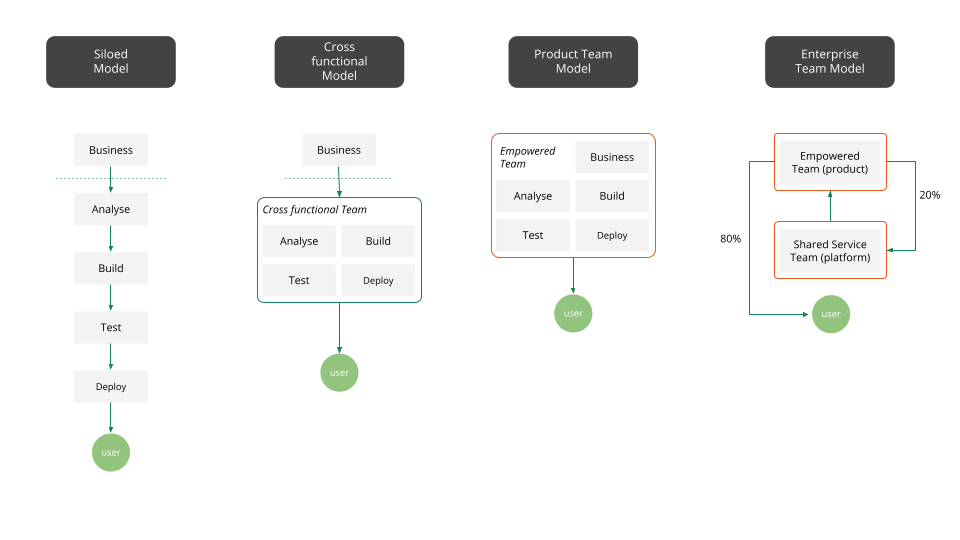Technology Team Models for Modern Businesses
Siloes For as long as I remember, most of the “progressive” IT world has been talking about “removing siloes” as the way to improve the results of all IT endeavors. The debate is largely about what counts as “good results” and this definition has gradually shifted from a focus on efficiency and optimisation to a focus on value and effectiveness which is a welcome change. In terms of siloes, however, it only means moving from siloes of technology / expertise to siloes of functional value. There is no way to remove all siloes. In fact, we will not be able… Read More »Technology Team Models for Modern Businesses


